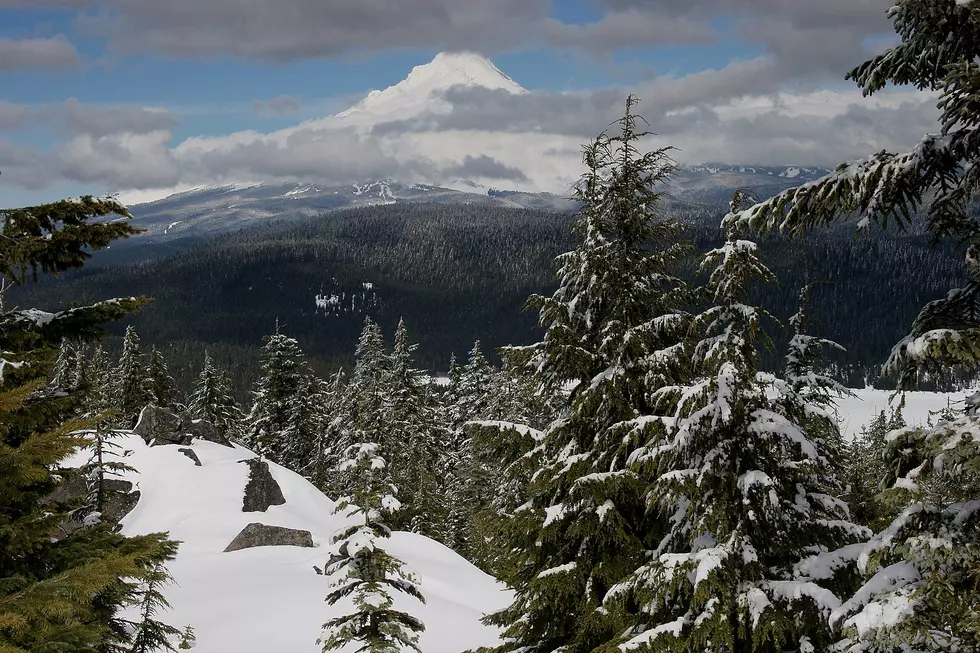
Ninth Circuit tosses religious freedom case brought by Northwest tribal members
PORTLAND, Ore. (CN) — The Ninth Circuit has dismissed a case from Northwest tribal leaders, based on the government's claim that no one knows what happened to the stones from a millennia-old altar after the government removed them a decade ago.
The Ninth Circuit dismissed the case as moot, siding with the government's claim that there’s nothing it can do now about the religious site it already destroyed.
But that’s not the case, according to the tribal members’ attorney.
“All the tribal members wanted was to have their sacred site back and to be able to resume their longstanding religious practices,” Joe Davis with the Becket Fund for Religious Liberty said in an interview.
In 2008, the government widened U.S. Highway 26, which runs from the Pacific Ocean over Mt. Hood and into the eastern part of the state. The Oregon Department of Transportation took special care not to disturb wetlands that ran along the road and to avoid encroaching on a roadside tattoo parlor.
But the agency didn’t use that same caution when it came to The Place of Big Big Trees — a sacred site to the members of the Yakama Nation and the Confederated Tribes of Grande Ronde. There, the government bulldozed an ancient stone altar, cut down the trees sacred to the tribes and medicinal plants that surround the area, and covered the whole thing with a dirt berm.
Grande Ronde elder Carol Logan, Klickitat hereditary chief Wilber Slockish and Johnny Jackson, chief of the Cascade Tribe, sued the government, claiming the destruction violated their religious and First Amendment rights.
In April 2020, U.S. Magistrate Judge Youlee Yim You recommended dismissal. You found the U.S. Federal Highway Administration had not violated the Religious Freedom Restoration Act. This past February, U.S. District Judge Marco Hernandez agreed and dismissed the case.
Jackson died in June 2020 after he was hospitalized with Covid-19. Slockish and Logan appealed Hernandez’s ruling.
Even though the highway construction project was finished over a decade ago, there are still many things the government can do to make the situation right, Davis said. For example, the government could remove a grassy berm that now covers the site, replant the trees it cut down and it could allow the elders to rebuild their sacred altar.
But the Ninth Circuit found Wednesday that such actions could reduce highway safety.
“The removal of highway access to E. Wemme Trail Road, the removal of vegetation and the rock pile, the addition of the earthen embankment, and the addition of the guard rail were all conducted for the purpose of improving the safety of the highway,” U.S. Circuit Judges William A. Fletcher, a Bill Clinton appointee, Mary M. Schroeder, a Jimmy Carter appointee and Eric D. Miller, a Donald Trump appointee, wrote in an unsigned five-page opinion issued eight days after oral arguments in the case.
“For the government to say that simply because it went ahead and destroyed the site and finished its project, that there’s not any relief that the tribe members could seek sets a dangerous precedent for the government to destroy sacred sites first and ask questions later and avoid all judicial review,” Davis said.
The government claimed in court documents that it doesn’t know where the stones from the altar went after the contractors it hired removed them. But Davis said the government had never firmly established that they were irretrievable.
“But even if they were, the tribal members ought to be allowed to rebuild it themselves,” Davis said.
Davis said the elders haven’t yet decided whether to appeal the decision.
Another case currently before the Ninth Circuit touches on similar issues. In Apache Stronghold v. United States, a tribal nonprofit is fighting a government plan to transfer the sacred Oak Flat religious site to the foreign-owned mining company Resolution Copper.
Similar to the Slockish case, tribes claim the government’s actions are illegal under the Religious Freedom Restoration Act. Attorneys with Becket argued the case before a different Ninth Circuit panel in October. But the situation is somewhat distinct because the court will decide whether to allow the future destruction of a site the government has explicitly recognized as sacred to tribes.
There, Davis said, the government is arguing the exact opposite of its theory in the Slockish case that the Ninth Circuit decided on Wednesday.
“Strikingly, one thing that the government argues in the Apache Stronghold case is that it’s too early to get a preliminary injunction because they haven’t transferred the land and it hasn’t been destroyed yet,” Davis said. “And of course here the argument is that its too late because it’s already been destroyed. So I think the real takeaway for the government is that it always wins and it gets to destroy Native American sacred sites.”
